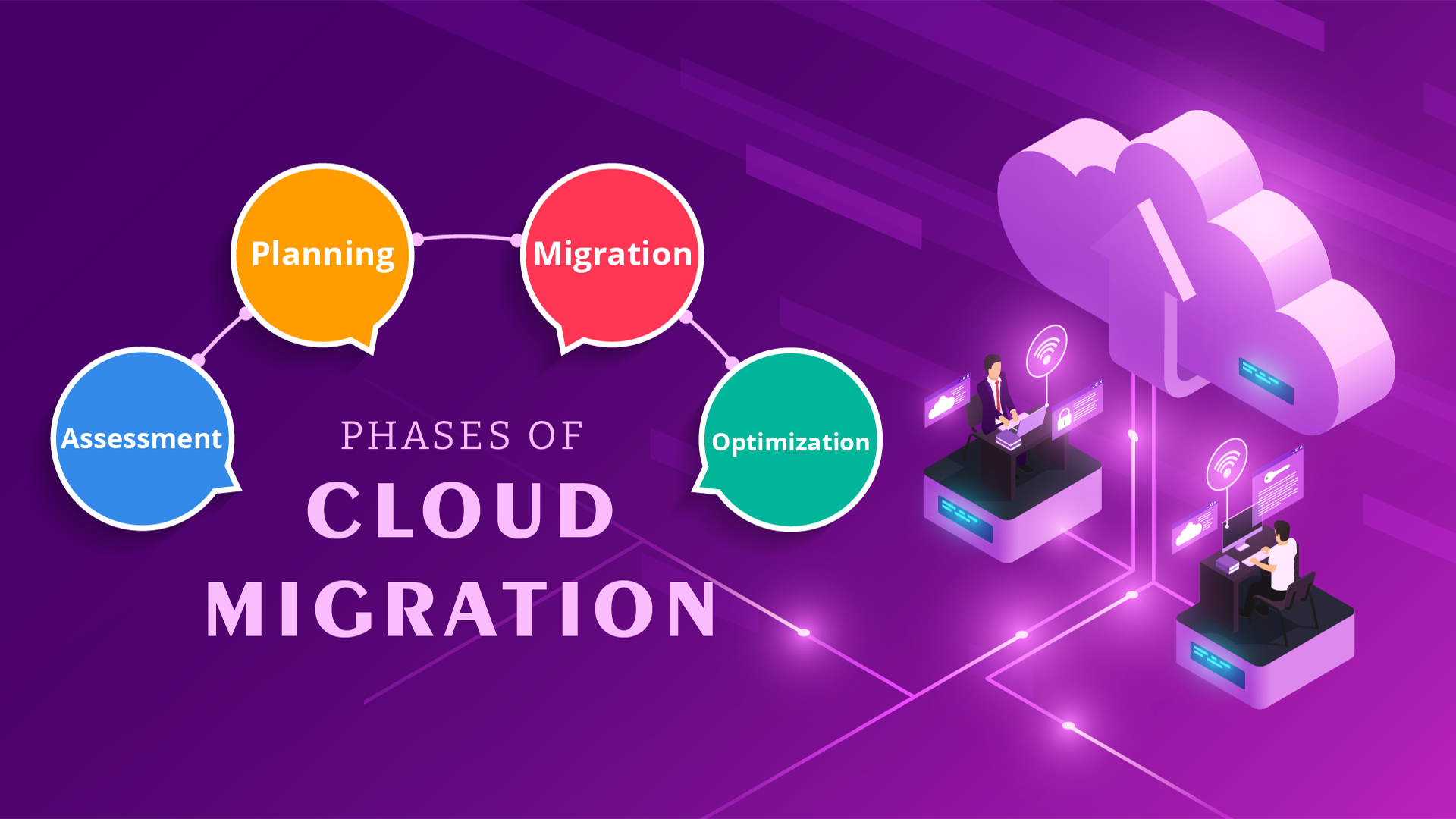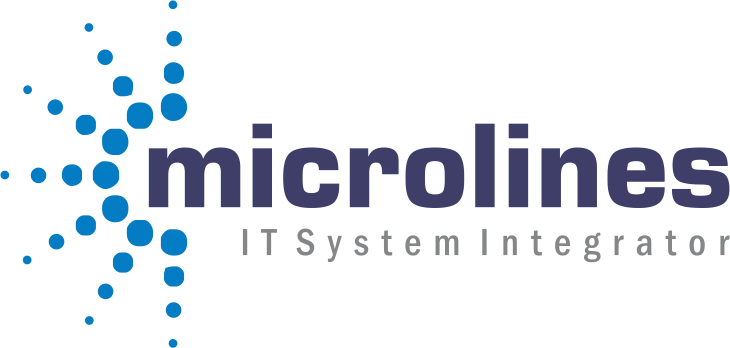
Cloud migration is the process of moving data, applications, and other business elements from an organization’s on-premises infrastructure to the cloud, or from one cloud service to another. Cloud migration can offer many benefits, such as scalability, flexibility, cost-efficiency, and security. However, cloud migration is not a simple task and requires careful planning and execution. In this blog post, we will discuss the phases of cloud migration and some best practices to follow.
The phases of cloud migration are:
Assessment: This phase involves analyzing the current state of the on-premises or legacy system and identifying the goals and requirements for the cloud migration. The assessment phase helps to determine the scope, feasibility, cost, and risks of the migration project. Some of the activities in this phase include:
- Inventorying the existing IT assets and resources
- Evaluating the performance, availability, and security of the current system
- Identifying the dependencies and interdependencies among the applications and data
- Choosing the appropriate cloud service model (IaaS, PaaS, or SaaS) and deployment model (public, private, hybrid, or multi-cloud)
- Estimating the time, budget, and resources needed for the migration
Planning: This phase involves designing the target state of the cloud system and developing a detailed migration plan. The planning phase helps to ensure a smooth and successful migration with minimal disruption and downtime. Some of the activities in this phase include:
- Selecting the suitable cloud provider and service offerings
- Designing the cloud architecture and configuration
- Defining the migration strategy and approach (lift-and-shift, refactor, rearchitect, rebuild, or replace)
- Prioritizing the applications and data to be migrated
- Creating a migration roadmap and timeline
- Preparing a contingency plan and a rollback plan
Migration: This phase involves implementing the migration plan and moving the applications and data from the source to the target system. The migration phase requires close monitoring and testing to ensure a successful migration with minimal errors and issues. Some of the activities in this phase include:
- Provisioning the cloud resources and services
- Migrating the applications and data using the chosen method and tools
- Validating the functionality, performance, availability, and security of the migrated system
- Resolving any errors or issues that arise during or after the migration
- Decommissioning or repurposing the legacy system
Optimization: This phase involves optimizing the cloud system for improved efficiency, reliability, and scalability. The optimization phase helps to maximize the benefits of cloud migration and achieve continuous improvement. Some of the activities in this phase include:
- Monitoring and analyzing the cloud system’s performance, usage, and costs
- Identifying and implementing opportunities for optimization and enhancement
- Applying patches, updates, and upgrades to the cloud system
- Adopting best practices for cloud governance, security, compliance, and management
By following these phases, you can ensure a smooth and successful migration to the Azure cloud. If you need any help or guidance, feel free to write us at [email protected] or leave a comment below.
Microlines InfoTech is a certified Microsoft partner with extensive experience in helping businesses migrate to Azure cloud. We can help you plan, execute, and optimize your cloud migration with ease and confidence.
